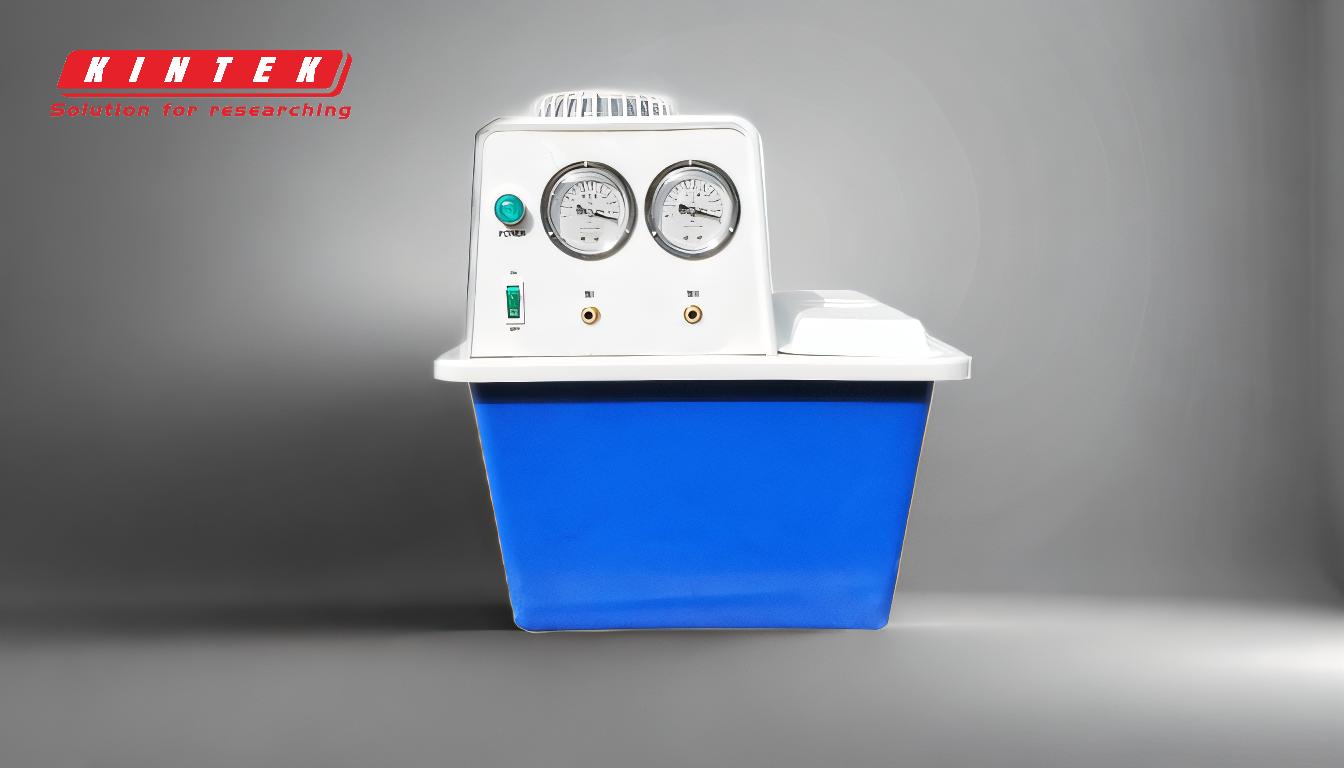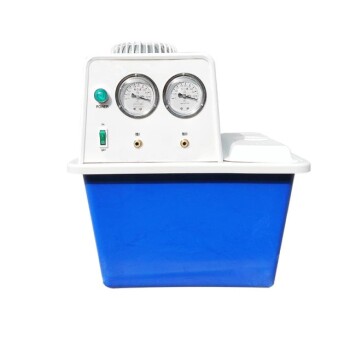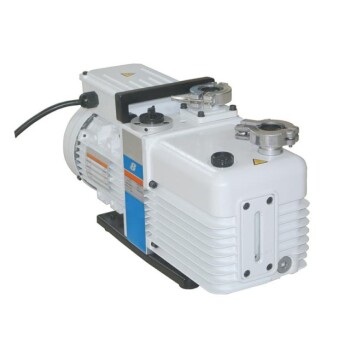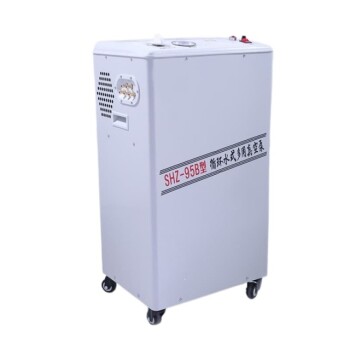A vacuum pump and a compressor are fundamentally different in their design and operation, although they both involve the movement of gases. A vacuum pump is designed to remove gas molecules from a sealed volume to create a vacuum, while a compressor is designed to increase the pressure of a gas by reducing its volume. While a vacuum pump can technically be used to compress gas, it is not optimized for this purpose and may not achieve the desired pressure levels or efficiency. Factors such as the type of vacuum pump, the gas being compressed, and the required pressure levels must be considered. In some specialized applications, such as in a vacuum hot press, a vacuum pump might be part of a system that indirectly supports compression, but it is not a substitute for a dedicated compressor.
Key Points Explained:

-
Fundamental Differences Between Vacuum Pumps and Compressors:
- Vacuum Pump: Designed to remove gas molecules from a sealed volume, creating a vacuum. It operates by reducing the pressure inside a chamber.
- Compressor: Designed to increase the pressure of a gas by reducing its volume. It is optimized for compressing gas to higher pressures.
- While both devices involve gas movement, their primary functions and design optimizations are different.
-
Can a Vacuum Pump Be Used as a Compressor?:
- Technically, a vacuum pump can compress gas, but it is not designed for this purpose. The efficiency and pressure levels achieved may not meet the requirements of a typical compressor.
- Vacuum pumps are optimized for creating a vacuum, not for achieving high-pressure outputs. They may lack the necessary seals, valves, and structural strength to handle high-pressure compression.
-
Key Factors to Consider:
- Type of Vacuum Pump: Different vacuum pumps (e.g., rotary vane, diaphragm, scroll) have varying capabilities. Some may handle low-pressure compression better than others.
- Gas Being Compressed: The nature of the gas (e.g., air, inert gas) affects the performance. Some gases may require specialized handling.
- Required Pressure Levels: Vacuum pumps are generally not designed to achieve the high pressures that compressors can. Using a vacuum pump for compression may result in insufficient pressure for the intended application.
-
Specialized Applications:
- In certain systems, such as a vacuum hot press, a vacuum pump may be part of a larger system that involves both vacuum creation and compression. However, the vacuum pump's role is typically limited to creating a vacuum, while other components handle the compression.
- For example, in a vacuum hot press, the vacuum pump removes air to create a vacuum environment, while the press applies pressure to the material. The vacuum pump is not acting as a compressor but rather as a supporting component.
-
Practical Limitations:
- Efficiency: Using a vacuum pump as a compressor is inefficient. The pump is not optimized for compression, leading to higher energy consumption and lower performance.
- Durability: Vacuum pumps may not withstand the stresses associated with continuous high-pressure compression, leading to premature wear or failure.
- Safety: Operating a vacuum pump outside its intended design parameters can pose safety risks, such as leaks or mechanical failures.
-
Conclusion:
- While a vacuum pump can technically compress gas, it is not a suitable replacement for a compressor. The two devices are designed for different purposes, and using a vacuum pump for compression is inefficient and potentially unsafe.
- For applications requiring both vacuum creation and compression, it is better to use a dedicated vacuum pump and compressor rather than attempting to use a vacuum pump for both functions.
Summary Table:
| Aspect | Vacuum Pump | Compressor |
|---|---|---|
| Primary Function | Removes gas molecules to create a vacuum | Increases gas pressure by reducing volume |
| Design Optimization | Optimized for vacuum creation, not high-pressure compression | Optimized for high-pressure compression |
| Efficiency | Inefficient for compression, higher energy consumption | Efficient for achieving high-pressure outputs |
| Durability | May not withstand continuous high-pressure compression | Built to handle high-pressure stresses |
| Safety | Operating outside design parameters can lead to leaks or mechanical failures | Designed for safe, high-pressure operation |
Need expert advice on vacuum pumps or compressors? Contact us today to find the right solution for your application!










